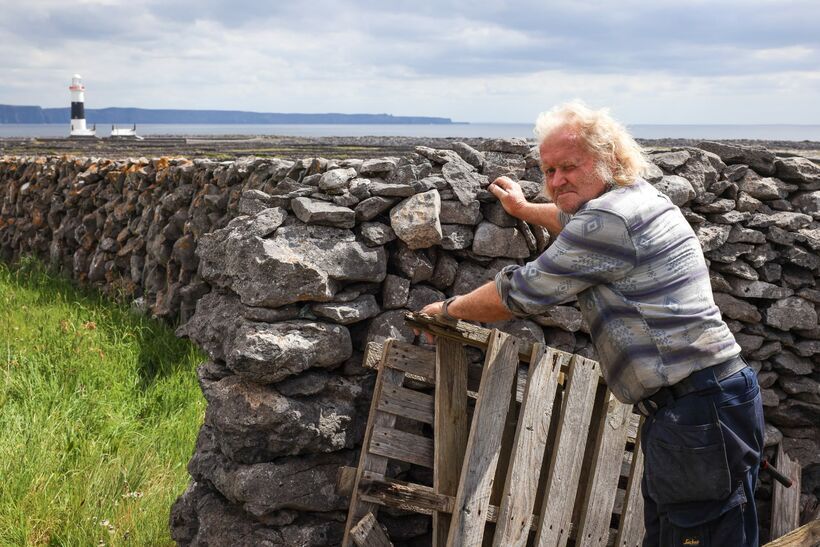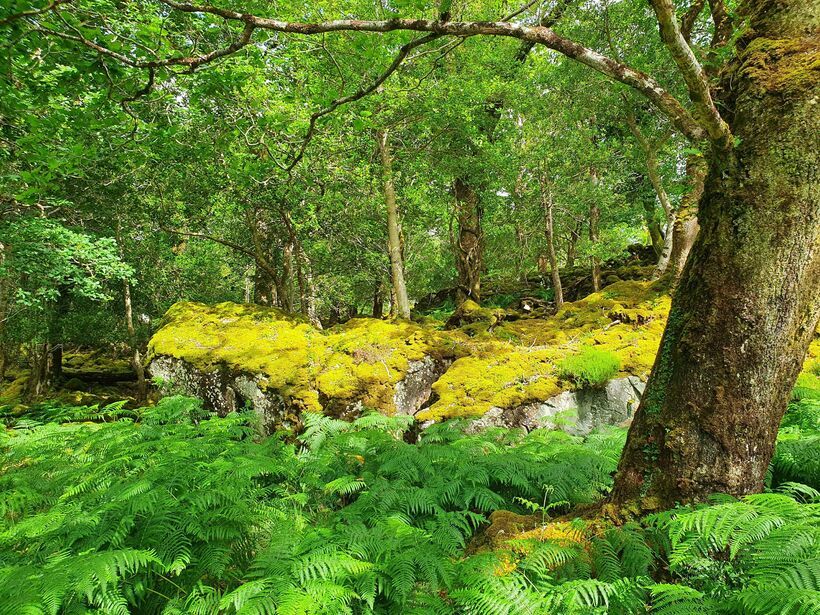Ireland - The Emerald Isle rediscovered
The Emerald Isle is multifaceted, full of natural wonders and people who love their homeland above all else.
The journey through Ireland begins in the Rugged North, in the middle of the rough and untamed nature. From there, we travel to the West of Ireland, where the original, traditional life is preserved. From the traditional west, our route takes us to the popular south, with a milder climate and lush vegetation. Our journey ends in the lively East, where the contrast between today and the past is not only palpable, but also visible. On our journey we meet people who would never leave their homeland despite the harsh living conditions, we wander through spectacular landscapes, get an insight into the traditional ways of life and experience the four sides of Ireland in a completely new way.
Episodes
-
The Rugged North
From the barren island of Arranmore to steep piers off the Atlantic coast, to extensive sandy beaches to moor and rocky landscapes: many areas are still a real insider tip. Often left out of tourism due to the cool weather. While the north-west of the island is part of the Republic of Ireland, the north-east is part of Great Britain. In the rocky north-west of Ireland in particular, life mostly takes place on the coast. A life with tradition and craftsmanship that offers space for challenges and adventures. Despite the often difficult living conditions, people often find surprising ways to defy the challenges.
-
The Pristine West
Ireland's harsh west was shaped by the retreat of the last Ice Age glaciers. The "Burren" region was once a coral reef and is now a unique natural area. There, the natural diversity of species is preserved with sustainable animal husbandry. Likewise on water: in the Connemara region, researchers are gaining knowledge about maritime life and are looking for innovative, sustainable ways to use the sea as a source of food. Off the coast are the Aran Islands. There, too, people learn from the past and live culture. In traditional farming or in the ancient Irish language. Even though the advent of modernity has changed many things, the inhabitants of the west keep their traditions and revive old customs.
-
The Mild South
With its mystical, green landscape and dreamy lakes, the south of Ireland comes closest to the cliché image of the "Emerald Isle". This makes the southwest in particular, where several mountainous peninsulas jut out into the Atlantic, the most popular holiday region in the country. The villages are colorful and lively. The area is also home to a wide variety of animal species on land but especially on water: various species of whales and rare basking sharks. The microclimate naturally allows for a type of temperate rainforest of high ecological value. Much of Ireland once looked like this. The subtropical character of the south attracts individualists and travelers alike. The natural spaces are unique, but also sensitive and endangered.
-
The Vibrant East
The eastern part of the island is a center of culture, but also of history. This is where old and new Ireland meet: on the one hand the modern capital Dublin, an IT and business metropolis. Next to Newgage and Knowth, impressive Celtic burial mounds from prehistoric times. In County Wicklow, the influence of English colonial rule has left the great art of horticulture in full bloom to this day. While houseboat tours are now common on Ireland's longest river, the Shannon, Viking ships once raided the country on it. The ancient history with its various influences is omnipresent in the Easter of the Irish island. Where ancient and modern Ireland collide, a new zeitgeist is emerging.
Facts
-
Original TitleIrischer Kompass - Die vier Seiten Irlands neu entdeckt
-
Year2022
-
Length4 × 45' (ENG, GER)
-
ResolutionHD
-
Film byJoachim Walther
-
Produced by
-
Partners





